Top 14 Project Management Methodologies for Your Next Project
Published:
Updated:
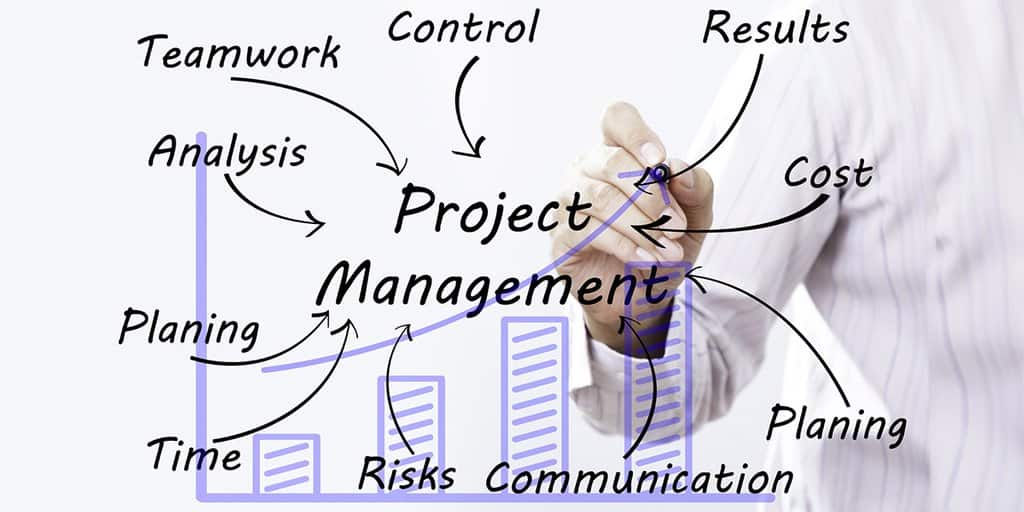
Success in business ventures of any kind will involve some level of efficient project management. Whether constructing a building, software, or some marketable product, a necessary component of completing an intricate task is intricate planning. Thankfully, there is an abundance of project management methodologies to follow to structure a project in the best way possible and manage it toward success.
If one is going to efficiently lead a project, there must be some organization involved. In order to get from Point A to Point B, a path must be laid out and steps taken. Although projects have required organization for all of history, the last 60 years or so have seen the formalization of various project management methods.
If you are looking for the best project management methodology to use, here are 14 different options to consider.
1. Waterfall
Waterfall is one of the two main project management methodologies, along with Agile. Waterfall methods have been popular for decades and are the most commonly used approaches to project management.

This traditional approach, while complex, is fairly straightforward: organize your project into sequential tasks, then systematically work through those tasks until completion. Aptly named, it assumes that there is a logical and straightforward path for the project to follow, just as water flows down towards its destination.
The goal of the Waterfall as a project management methodology is to reduce risk and ensure success by being sure to lay out the entire plan in advance and then sequentially work through the steps, one at a time, so as to avoid having to backtrack and correct errors.
2. Agile
While the Agile methodology is a relatively new project management methodology, it has increased in popularity since its inception as an alternative to the traditional Waterfall methodology. Unlike the Waterfall methodology, which relies heavily on ordering tasks and completing them accordingly, the Agile approach seeks to provide more flexibility and intuition to the process of successfully completing a project.
The goal of the Agile methodology is to be responsive and flexible as hurdles arise and project goals shift. In other words, although a plan needs to be in place, there must also be adaptability for the unplanned.
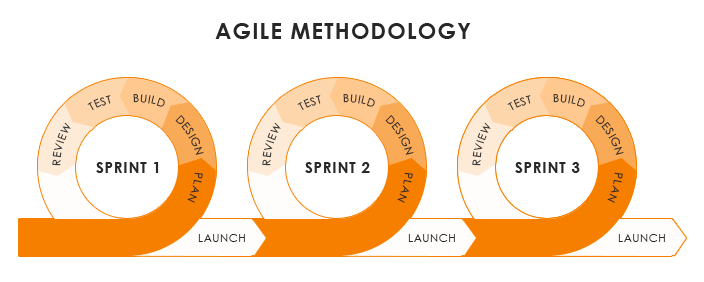
Developed in 2001 as a manifesto for software development, the Agile method has the following basic tenets:
- Individuals and interactions over processes and tools
- Working software over comprehensive documentation
- Customer collaboration over contract negotiation
- Responding to change over following a plan
Waterfall and Agile are the two primary project management methodologies, but out of these two basic ideas come countless more specific methodologies that can be utilized for effective project management.
3. The Critical Path or Critical Chain Method
These closely related project management methodologies are waterfall methods in that they involve organizing tasks sequentially. A project manager takes into account all of the tasks required to complete a project, as well as anything likely to influence or deter the completion of any task, and then orders those tasks with the most critical taking place first, and the least critical taking place last.

The Critical Chain method is slightly different since it has a resource-oriented focus. The critical resources for a given project are identified by the manager and then a chain of tasks is set and implemented according to the allocation of those resources.
4. Event Change Methodology
This project management approach seeks to map out the schedule and completion of a particular project while anticipating any events that may impact the progress of the tasks necessary to finish it. By pinpointing these potential events, a project manager can avoid unnecessary risk and keep the project moving at a realistic pace.

5. Spiral Project Management
This project management methodology is precisely what its name expresses. A project is structured onto the "spiral" of tasks, with each loop of the spiral representing one of the phases. This method was developed with high-risk projects in mind, as its steps are targeted at evaluating and eliminating risk along the way.
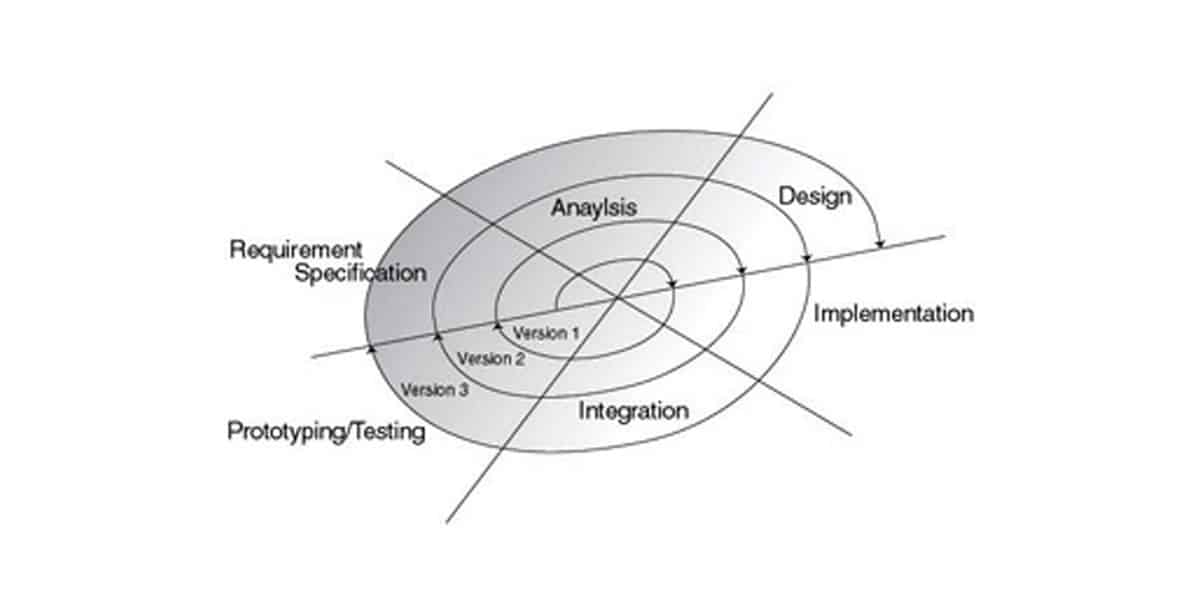
The phases of the Spiral Methodology
- Analysis
- Risk evaluation
- Execution
- Planning
6. Rational Unified Process
The Rational Unified Process (or RUP) was developed by Rational, which is a division of IBM. Like the Spiral Project Management, this project management methodology divides projects into four phases. This is very much a Waterfall type of approach in that each step must be fully completed before the team moves on to the next phase.

Rational Unified Process Phases
- Inception
- Elaboration
- Construction
- Transition
7. Scrum Methodology
The Scrum Method is a popular Agile method of project management and development. The name of this project management methodology comes from a rugby reference because an integral part of the method is the use of shorter, intense periods of work, called "sprints."
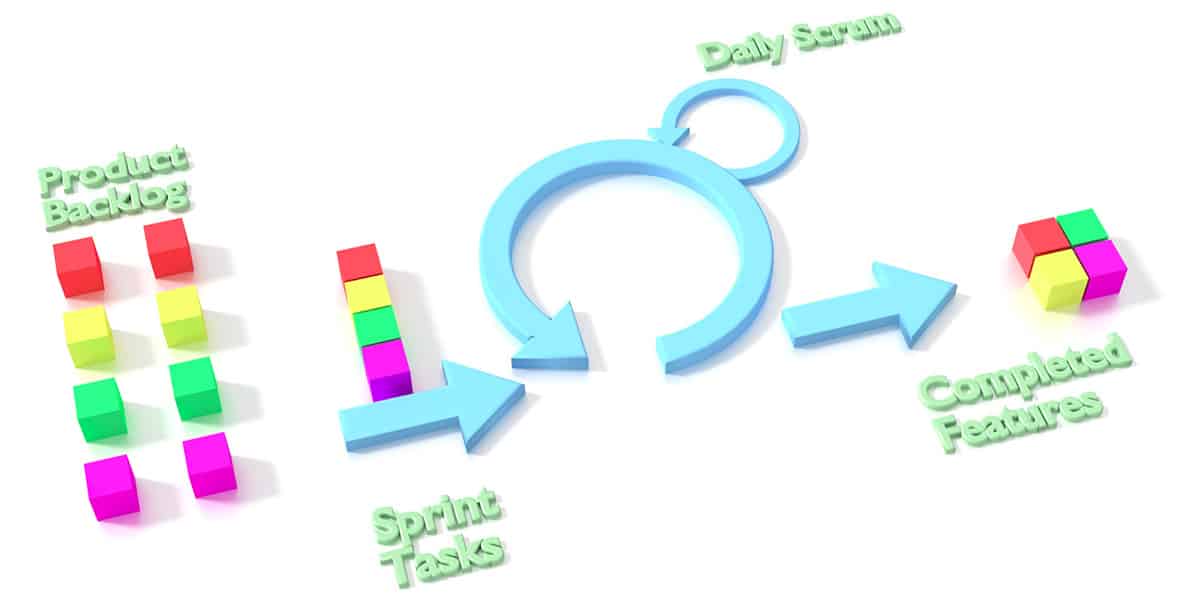
Within these work cycles, the team members have daily meetings to discuss any obstacles they've encountered and to report on progress. This frequent feedback and close teamwork enable quick progress. The idea is that at the end of these sprints, there will always be a discernable completion of tasks.
8. Kanban Methodology
Among the popular project management methodologies is also the Agile method known as the Kanban approach. This is a visual method; it originated in Japan, where cards were used on factory lines to signal the need for more materials.

Kanban methodology employs the use of whiteboards and note cards (such as sticky notes), which are assembled to create a visual representation of the project and all of the tasks involved. These notes can then be moved as the project progresses, which enables the users to see how their project is progressing, as well as to catch and handle mistakes along the way.
9. Extreme Project Management (XPM)
If the Waterfall method is straightforward, point A to point B approach, then Extreme Project Management, or XPM, could be compared to a winding river, with sharp twists and turns and rushing rapids.

Rather than confine a project to a set of tasks and goals, this approach assumes regular interruptions and demands change and plans accordingly. Teams work in short cycles, with regular releases, with frequent opportunities for improvement and alteration. This project management methodology is most often used in software development.
10. PRiSM
PRiSM, or Projects Integrating Sustainable Methods, can best be described as "green" project management. The goal of PRiSM is to implement a process that can be used in various types of projects which also takes into account environmental and social factors and seeks to lessen the negative impact in those areas. In comparison to the other project management methodologies, PRISM is commonly used in large-scale construction projects.

It is a unique method that requires accreditation from project managers that have a PMP certification to run their projects. Enroll in our project management institute certification training classes to gain the necessary accreditation for running successful projects.
11. PRINCE2
PRINCE2 (Projects IN Controlled Environments) is similar to PRiSM in that it also requires accreditation from its managers. It was developed in the United Kingdom in 1996. This government-supported methodology separates projects into multiple stages, and then each of those stages is assigned processes and goals to complete.
This method tends to be very focused on the allocation of resources by higher-level management, with project managers overseeing the day-to-day details of the project.

12. Lean Project Management
This project management methodology is similar to PRiSM in that it seeks to accomplish the goals of a given project while also making every effort to eliminate waste in the project environment. It seeks to do this by relying heavily on the self-accountability of team members. This method also often depends on the ideas of standardization and work breakdown structure.

This is often a good project management methodology for those who must operate with a reduced budget or some other constraints which require the elimination of resource waste, but of course, can be used in a variety of projects.
13. Six Sigma
This expression comes from the terminology used to describe the process of determining the percentage of defect-free products a manufacturer is likely to make. Six Sigma is a process in which 99.99966% of opportunities for production are expected to be without defects.
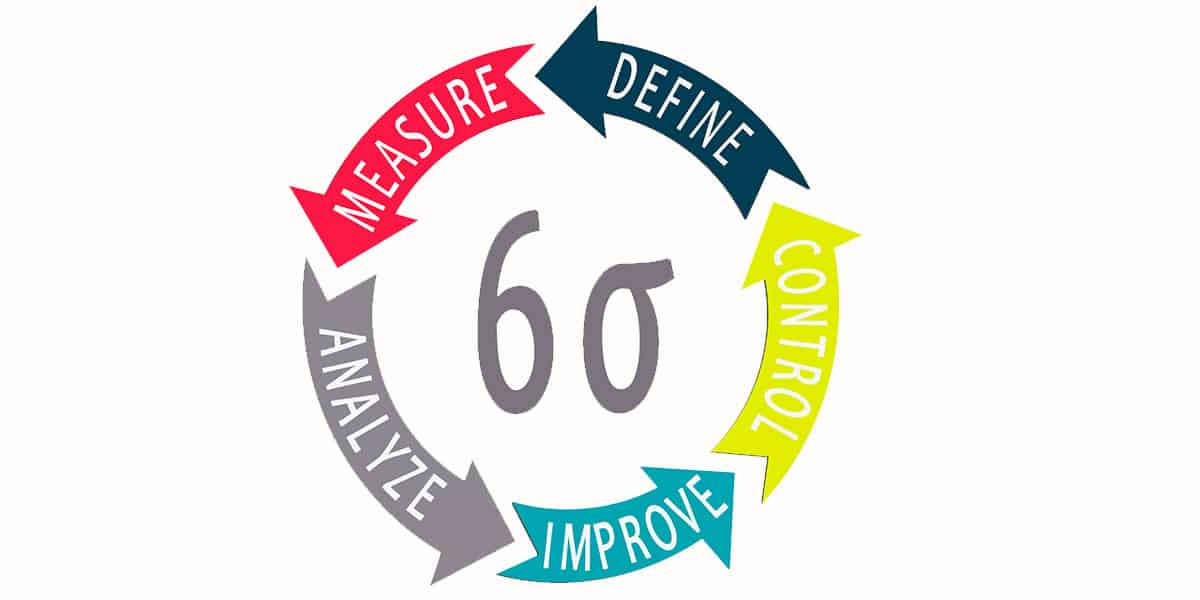
Thus, the Six Sigma project management methodology attempts to achieve this level of accuracy for the product being produced. This is done by making decisions based on collected data throughout the life of the project. This methodology aims to control error throughout the process with frequent data analysis which then influences the direction of the project.
14. Process-Based Project Management
This management methodology seeks to incorporate the larger vision of a company into the objectives of a given project. In the same way that PRINCE2 is done with governmental oversight, this approach seeks to align a project with the goals of the company and not the other way around.
Typically this means stating the anticipated process of the project, establishing metrics, measuring the processes, adjusting objectives to re-align with the company objectives, and then continuing to make improvements by implementing adjustments.
Succeed With the Right Project Management Methodologies For anyone seeking to select and implement a project management methodology, it's clear to see there is no shortage of options. It is important to ask yourself what your primary goals are, what sort of product you are trying to produce, and what your risks are, before attempting to select the right methodology for you.
Once you have done this, you will be in a good position to begin implementing a plan that will give your project organization, effectiveness, and hopefully, success.


